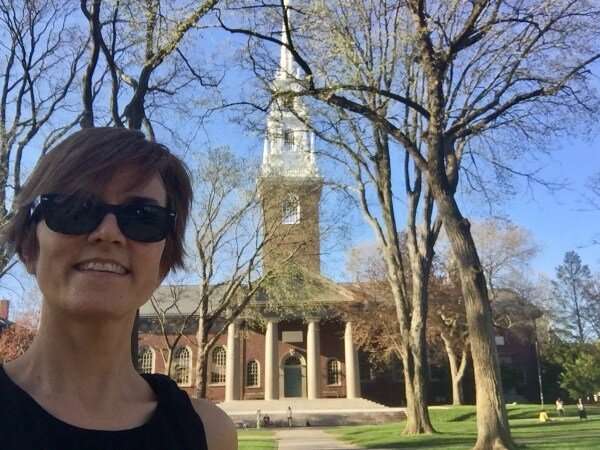Scientist discovers a new type of 'bi-molecule' with applications for quantum sensors

Dr. Rosario González-Férez, a researcher at the Department of Atomic, Molecular and Nuclear Physics and the Carlos I Institute of Theoretical and Computational Physics of the University of Granada, has published an article titled "Ultralong-Range Rydberg Bi-molecules" in Physical Review Letters. The results of the study show a new type of bi-molecule formed from two nitric oxide (NO) molecules, both in their ground state and in the Rydberg electronic state.
The work was made possible thanks to the scientific collaboration between the researcher and the Institute for Theoretical Atomic, Molecular and Optical Physics (ITAMP) at Harvard University. The study began during her stay at Harvard between March and July 2020, meaning that the entire process, from data-gathering and analysis to final written conclusions, was conducted during the COVID-19 pandemic. The stay, which was funded by the Fulbright Foundation and the Salvador de Madariaga program of the Spanish Ministry of Science, Innovation and Universities, enjoyed the scientific collaboration of ITAMP's Hossein R. Sadeghpour and Janine Shertzer.
This new type of bi-molecule is the result of the union of two molecules of nitric oxide (NO) whose structure is arranged in such a way that the NO and NO+ ion are located in opposite poles. The electron orbits around both, acting like a "glue" that binds the bi-molecule. In addition, its size corresponds to between 200 and 1,000 times that of NO, and its lifetime is long enough to enable its observation and experimental control, as these fragile systems are easily manipulated by means of very weak electric fields.
This type of bi-molecule enables researchers to implement and study chemical reactions at low temperatures from a quantum perspective and facilitates the investigation of intermolecular interactions at large distances, since they coexist at low temperatures.
Dr. González-Férez observes that the use of these bi-molecules in quantum technologies would be interesting, both for the processing of information by entanglement and for the development of quantum sensors, with multiple technological applications in quantum optics and quantum computing.
González-Férez continues her work with two research groups, from the University of British Columbia in Canada and the University of Stuttgart in Germany, which aims to create this bi-molecule experimentally and confirm the theoretical predictions made over the last year.
More information: Rosario González-Férez et al. Ultralong-Range Rydberg Bimolecules, Physical Review Letters (2021). DOI: 10.1103/PhysRevLett.126.043401
Journal information: Physical Review Letters
Provided by University of Granada




















